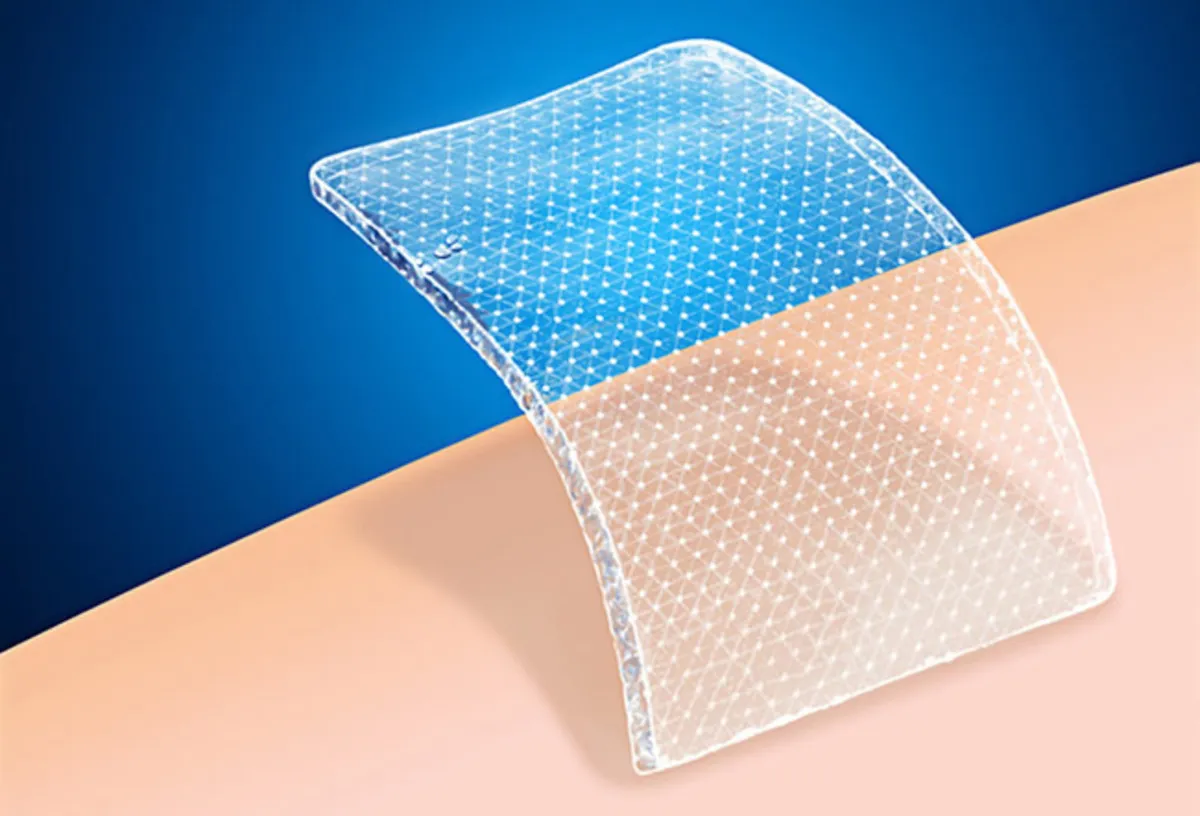In order to reduce healing time and reduce scars caused by burns or wounds that are complicated because of diabetes, Josué Jiménez Vázquez, researcher at the Research Center in Applied Science and Advanced Technology (CICTA), Legaria Unit, developsA skin substitute.
The Master in Advanced Technology of the National Polytechnic Institute (IPN) is confident that this year will have this product in the market.So far it has performed in vitro tests that guarantee the biocompatibility of the application of tissue engineering scaffolding to reconstruct with fibroblast and keratinocyte cells, the affected areas of the skin in order to reduce scars and folds.
He explained that scaffolding are a structure constituted with proteins, collagen and elastin, which works “as support for cell types that are incorporated with nanotechnology.In Mexico it is the first time that nanotechnology is used to create a skin substitute, made up of scaffolding and keratinocyte and fibroblasts cells. ”
On the other hand, Jiménez Vázquez commented that in various villages of the Republic they use the web as an effective alternative to the bandage, but “as it is very difficult to obtain large quantities, similar proteins were sought that are collagen and elastin, and then give medical application.
“This skin substitute was achieved through the extraction of collagen from chicken skin, which was purified and lyophilized.Through nanotechnology, nanofibers were developed with collagen to build the scaffolding, simulating the extracellular matrix, where keratinocyte and fibroblast cells are grown, ”said the researcher.
Dr. Eduardo San Martín Martínez, project advisor, indicated that another of the advantages offered by this development, is that when applying synthetic skin on fresh wounds, scaffolding that is biocompatible and biodegradable is absorbed.This means that when the new skin has vascularization, and develop both nerve sensations and blood circulation.


